1. Bowerbird Displays
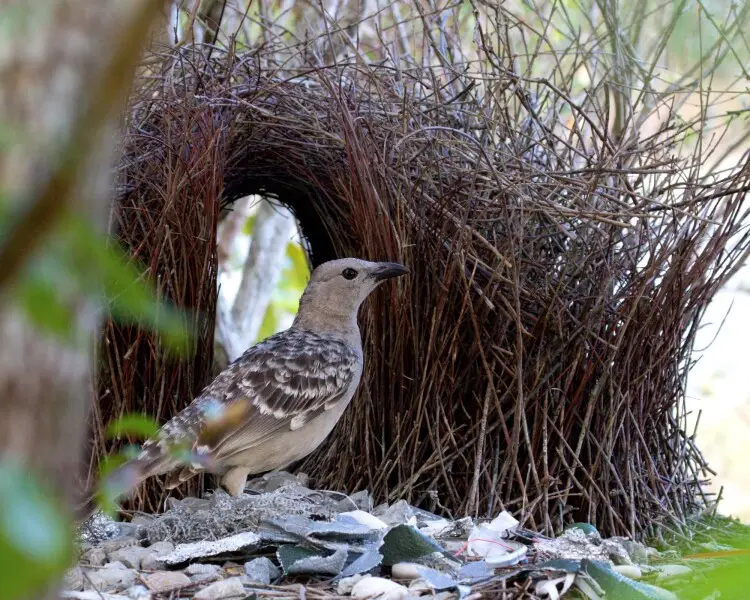
Male bowerbirds construct elaborate bowers decorated with colorful objects like berries, flowers, and shiny items. These structures are designed to attract mates with their artistry.
2. Termite Mounds
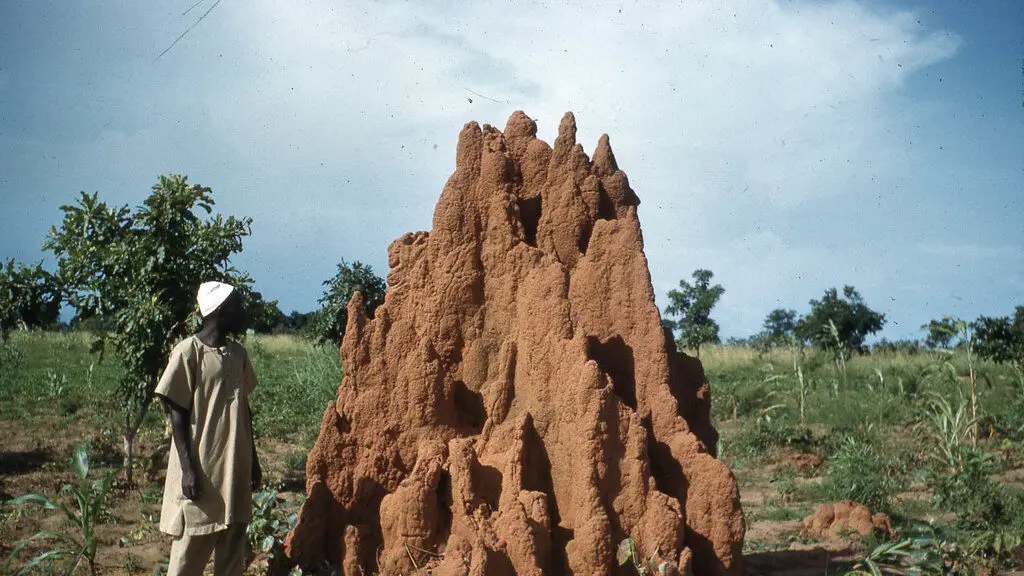
Towering above the grasslands, termite mounds can reach heights of up to 30 feet. These intricate structures feature natural ventilation systems that regulate the interior’s temperature and humidity.
3. Weaverbird Nests
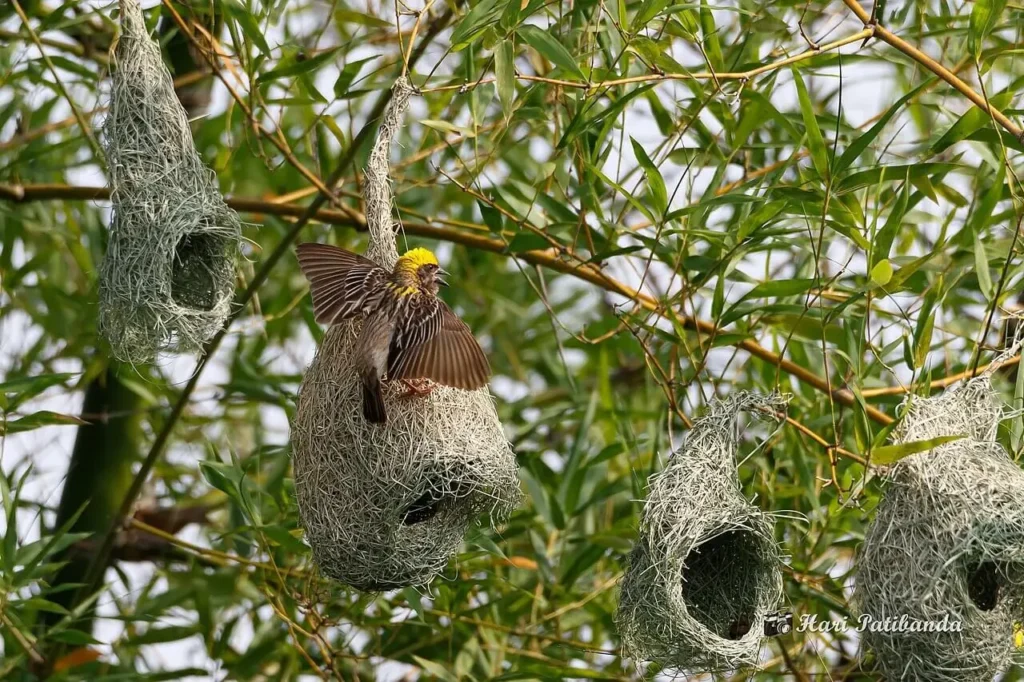
Weaverbirds craft hanging nests from grass, leaves, and twigs, weaving them with precision. These suspended homes are designed to deter predators and withstand harsh weather.
4. Beavers’ Lodges
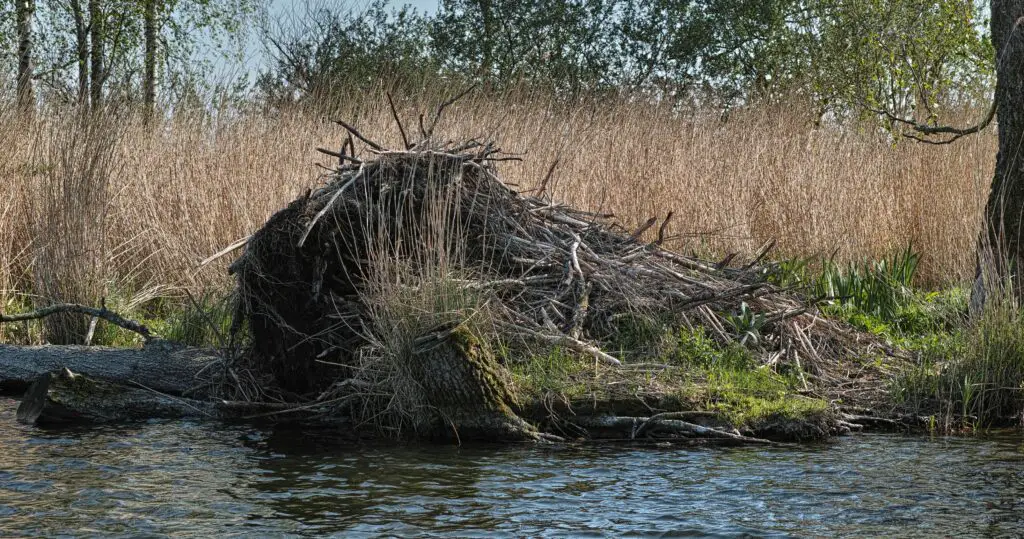
Beavers construct dome-shaped lodges from mud, sticks, and logs in rivers and streams. These lodges are waterproof and feature underwater entrances for added protection.
5. Spider Webs
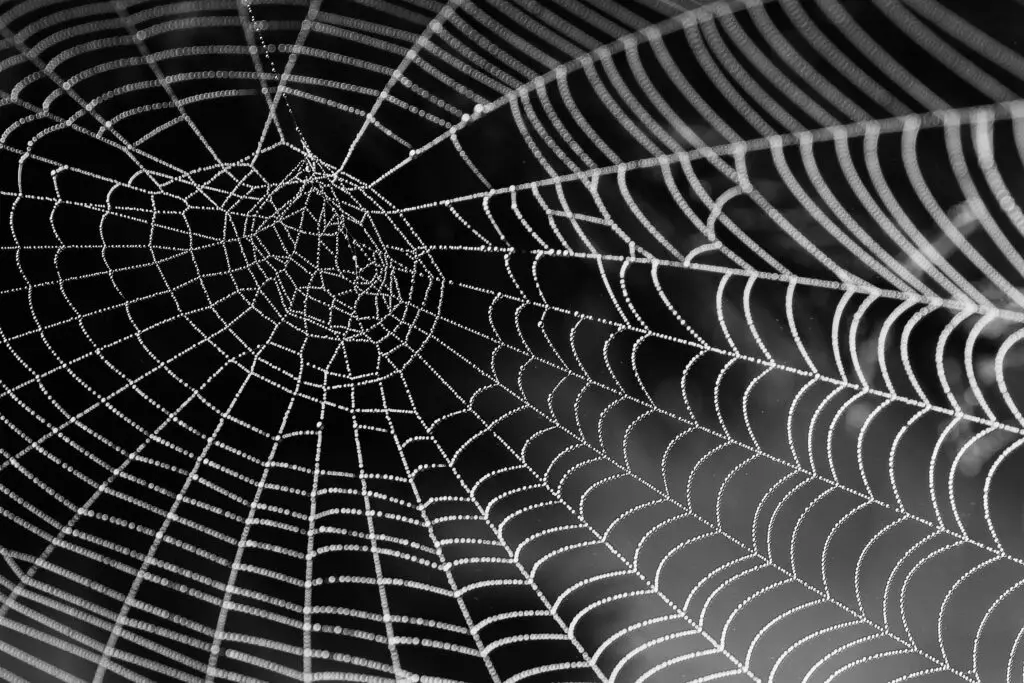
Spider webs are masterpieces of engineering, combining strength and elasticity. Their intricate designs serve as traps for prey while showcasing the spider’s skill.
6. Honeycombs by Bees
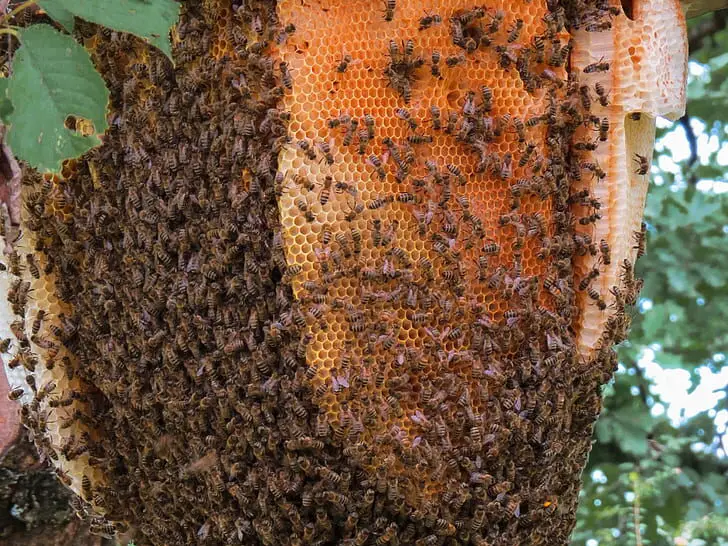
Bees create honeycombs with perfectly hexagonal cells, a shape that maximizes storage space and minimizes material use. These structures store honey, pollen, and house young bees.
7. Coral Reefs
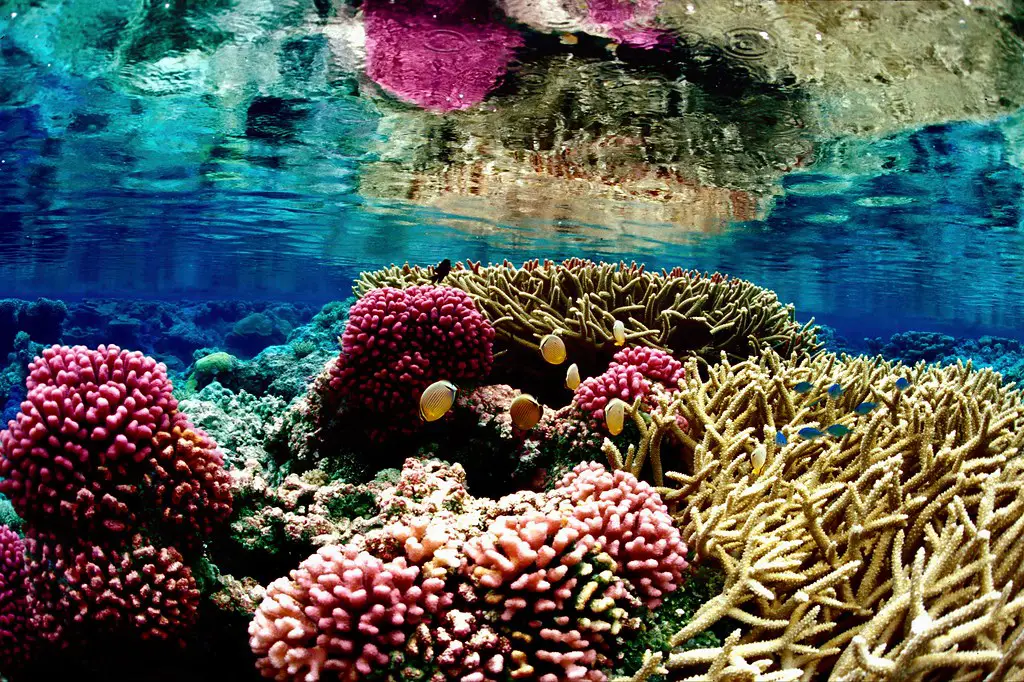
Coral polyps build massive underwater cities by secreting calcium carbonate. These reefs provide habitats for countless marine species and help protect coastlines.
8. Ant Colonies
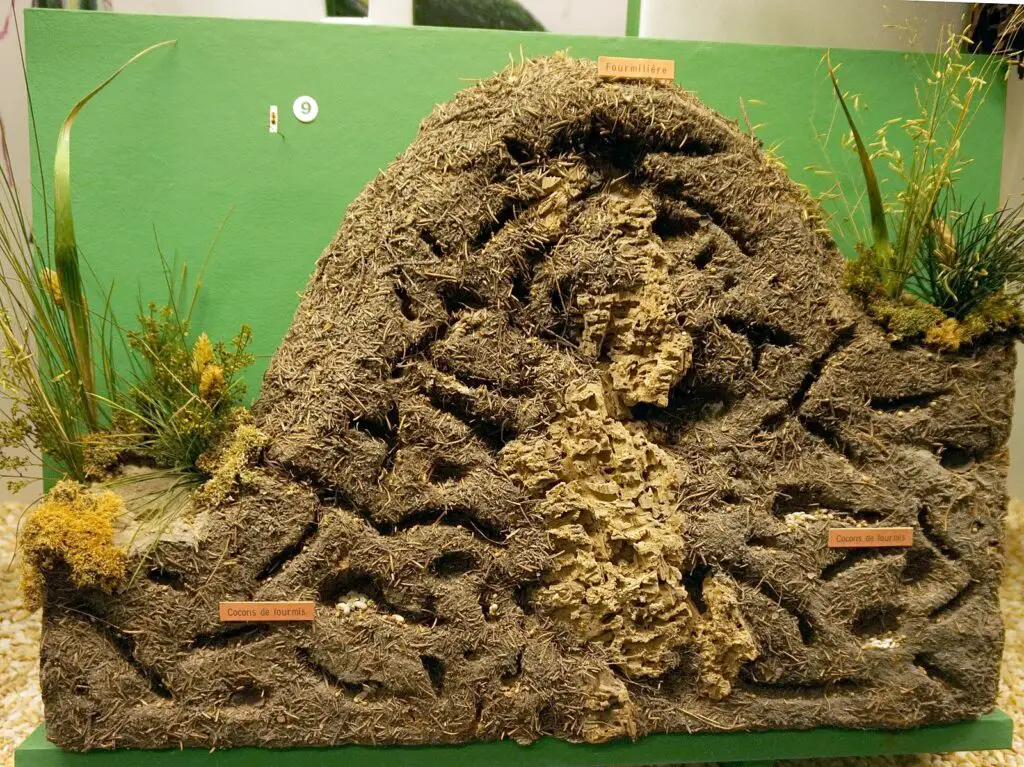
Ants construct underground networks of chambers and tunnels, sometimes spanning vast areas. Their colonies feature nurseries, food storage, and designated areas for waste.
9. Octopus Dens
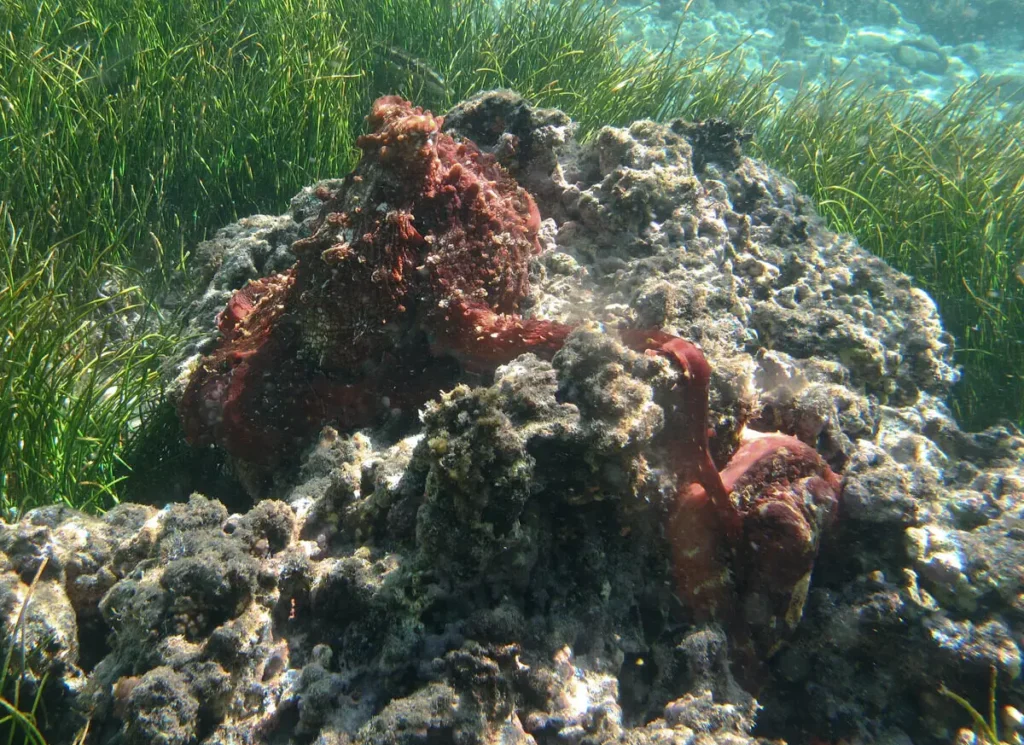
Octopuses create dens by collecting shells, rocks, and other debris to build secure shelters. These dens serve as protection from predators and a place to rest.
10. Swallows’ Mud Nests

Swallows build mud nests under eaves or on cliffs, using hundreds of mouthfuls of mud. These sturdy structures are perfect for raising their young.
11. Paper Wasp Nests
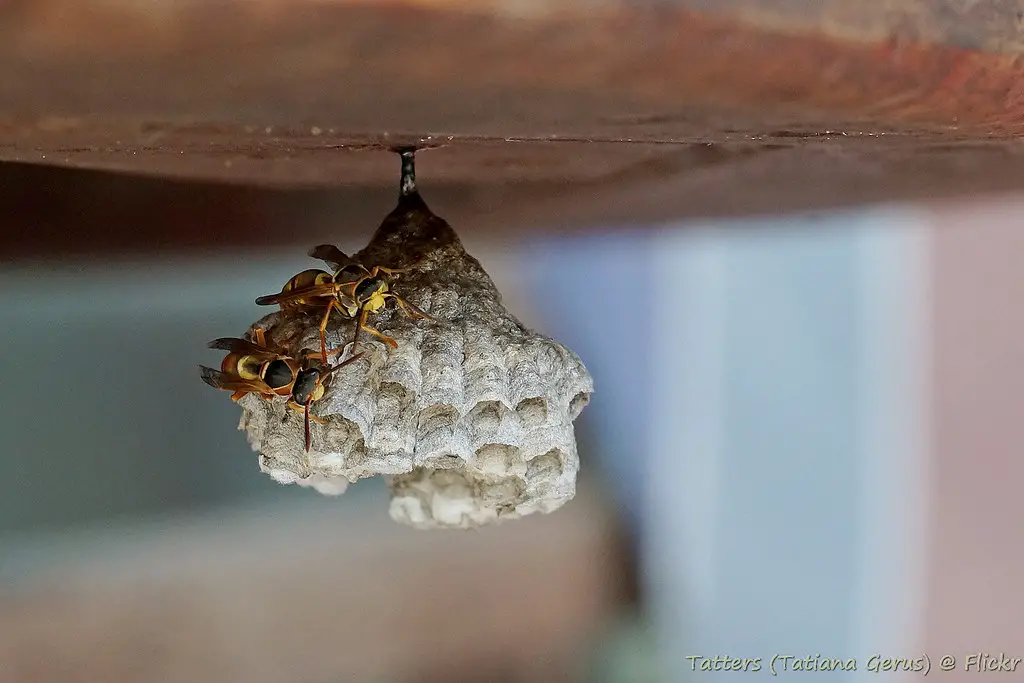
Paper wasps chew wood fibers and mix them with saliva to form paper-like material for their nests. These nests are lightweight yet strong, housing their colonies efficiently.
12. Prairie Dog Towns
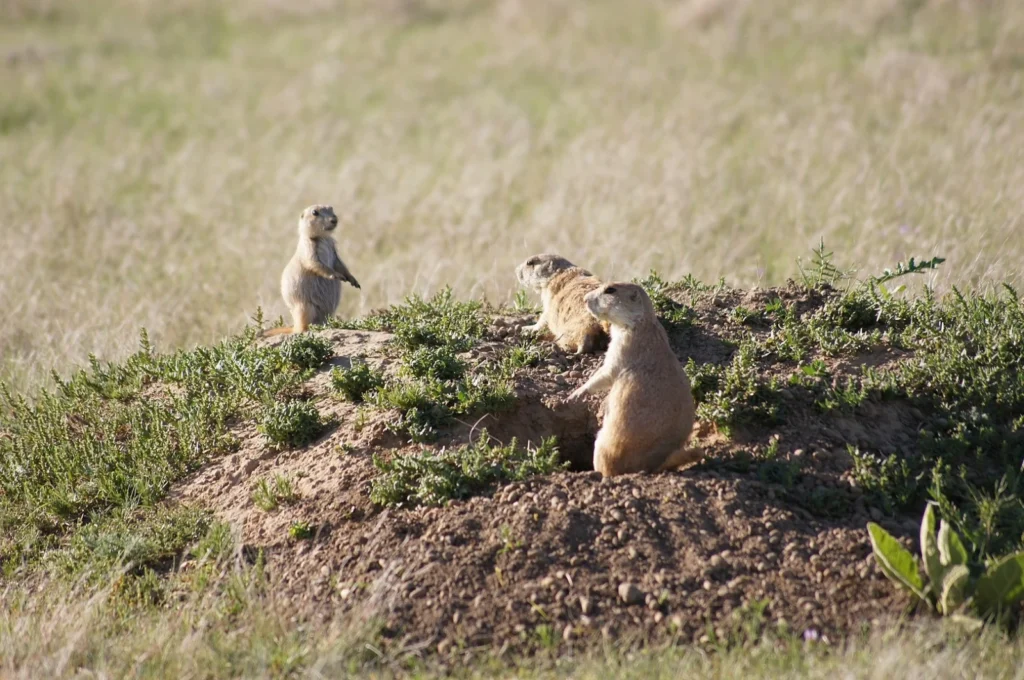
Prairie dogs dig extensive burrow systems called “towns” that include tunnels, chambers, and escape routes. These burrows provide safety and communal living spaces.
13. Gopher Tortoise Burrows
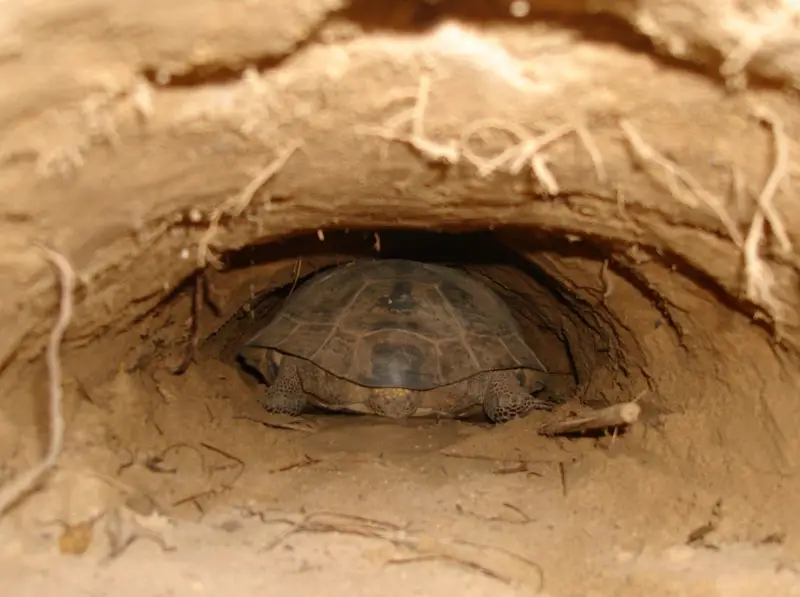
Gopher tortoises dig deep burrows that can reach up to 40 feet long. These burrows serve as homes for the tortoises and refuge for over 350 other species.
14. Pufferfish Sand Circles
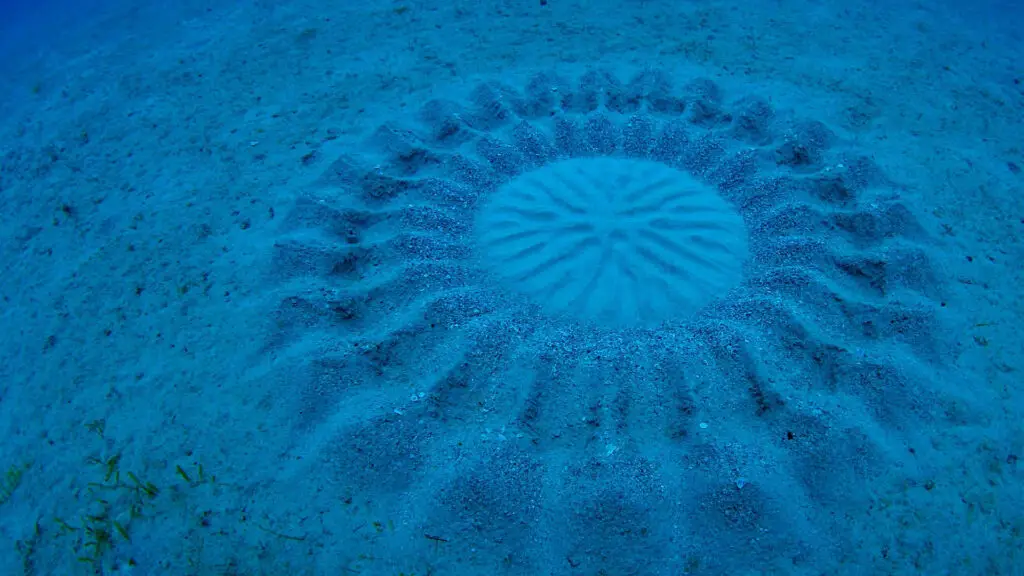
Male pufferfish create intricate sand patterns on the ocean floor, up to six feet in diameter. These geometric designs are made to impress potential mates and are a marvel to behold.
These animal architects prove that ingenuity and creativity aren’t exclusive to humans. Each structure serves as a testament to the resourcefulness of the natural world.
